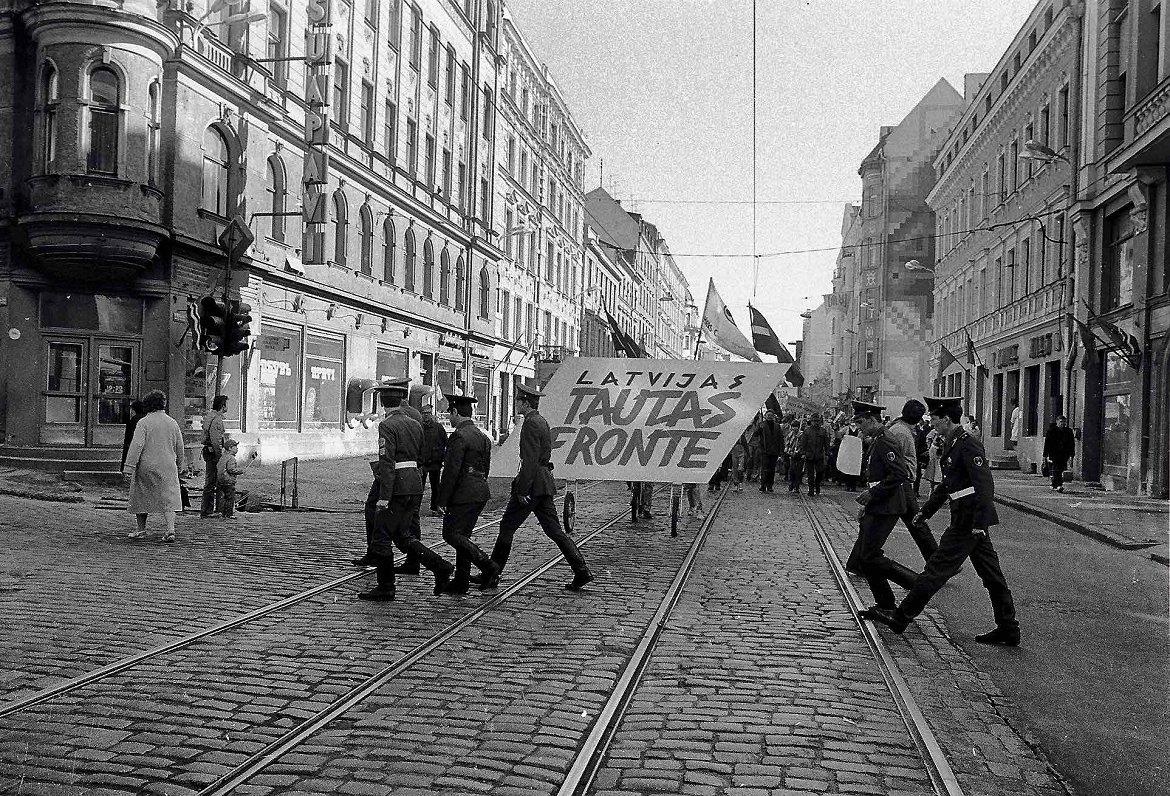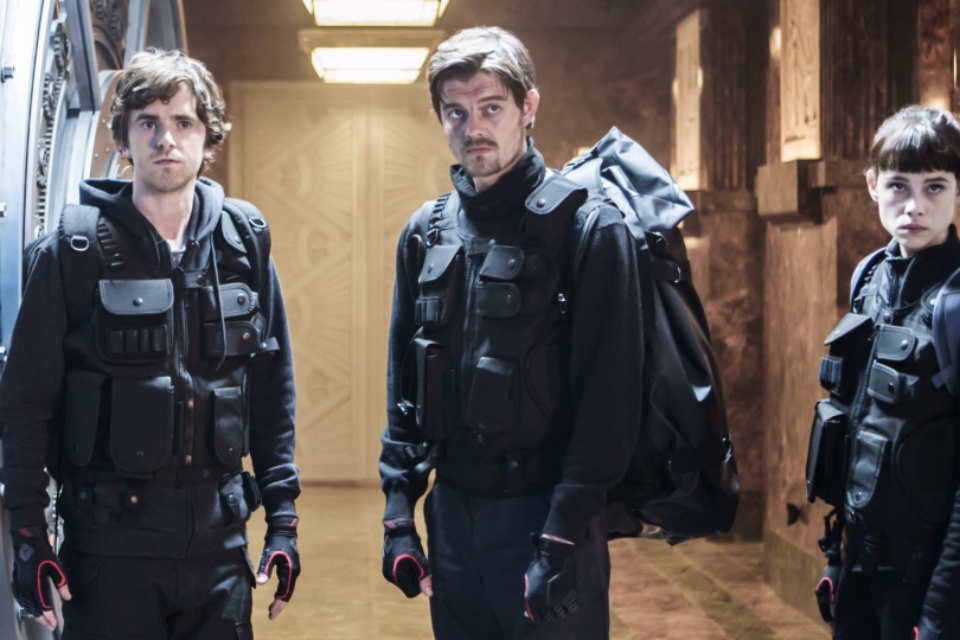Mentioning the late director Askold Saulīte (1966–2021), on the portal of the National Film Center (NCC) filmas.lv, a collection of 14 films can be viewed – almost all of the director’s films, starting with his debut in 1993 and documentaries at the turn of the century, which were awarded several Kristaps Prizes, informed NKC. –
Director, operator and producer Askolds Saulitis was born in Liepaja and already there during his high school he became passionate about cinema, participating in the Folk Cinema Amateur Studio named after Eduards Tisē. In 1987 he went to Riga to look for a job in a film studio, worked in the shooting groups of Aivars Freimanis’ feature film “Life” (1989) and Arvids Kriev’s feature film “Ieva’s Paradise Garden” (1990), but in 1993 he made his documentary debut in the film studio “Kaupo Filma” “Who lives in the communal”. In 1996, Askolds Saulītis entered the TV directing course of the Latvian Academy of Culture, as a study work he made a documentary about the painter Aija Zariņš – “The abduction of Europe”(1998), but the diploma work became a documentary film“Red and brown”(1999), with which Saulītis for the first time touched on the theme of his life – the fate of the Latvian people who were broken in various wars. Askolds Saulītis received his first “Big Kristaps” for this work as the best documentary film director. In total, he has received four “Great Kristaps” awards in different categories, four more “Kristaps” in different years have been awarded to colleagues for their work in Saulītis’ films.
In the same year, 1999, Askolds Saulītis also made his debut in feature film and animation, shooting a dynamic short film of the game in the FORMA studio.Tristan and Isolde”, But in the studio“ Rija ”together with the artist Jurģis Krāsons – a witty and visually expressive animated short film“ for adults ”“Clara a Rubinšteins”.
In the following years, Askolds Saulītis became the most titled young director in Latvian documentary cinema at that time, receiving “The Great Kristaps” also for directing in the film shot in Baldone.A source of youth“(2001), but the film”Keep smiling!”(2003), a story about“ diggers ”who look for the traces of missing soldiers in the forests of Latvia.
An interesting angle on traditional rituals is offered by the documentary film “Festive anatomy”(2005), which follows the mechanisms of preparation for the November 18 holiday and behind-the-scenes developments. Here the army parade is just one of the elements, but already in the next film “Debt to Afghanistan”(2008) Askolds Saulītis worked closely with the Latvian army, together with politician Ati Lejins, on his way to Afghan hotspots to look for a Mojahedin commander who saved Lejins’ life in the 1980s.
With the next movieBermontia”(2009) began a consistent period in Askolds Saulītis’ filmography – informatively saturated and detailed exhaustive works on important turning points in Latvian history, created together with consultants historians, richly using archive materials, computer graphics and staging, in recent times – contemporary testimonies. In this way, Saulitis has studied the events of the Awakening (“Anthology of the Awakening”, 2013) and the history of the Song FestivalSongwriting”, 2018), the most ambitious of these works is the Centennial film“Eight stars” (2018).
From March 16, Askolds Saulītis film collection portal filmas.lv can be watched free of charge throughout the territory of Latvia, wherever the Internet is available.
–
Highlight text and press Ctrl+Enterto send the text to be edited!
Highlight text and press Report a bug buttons to send the text to be edited!
–
–


